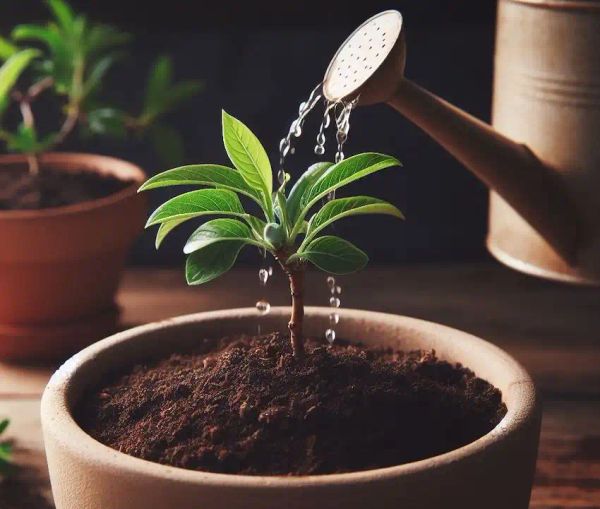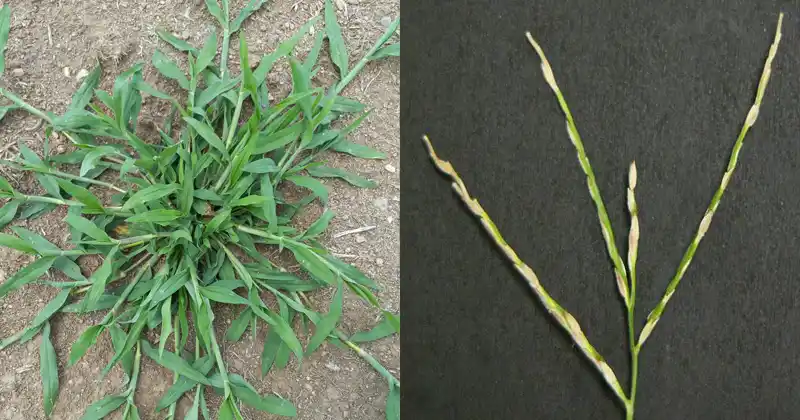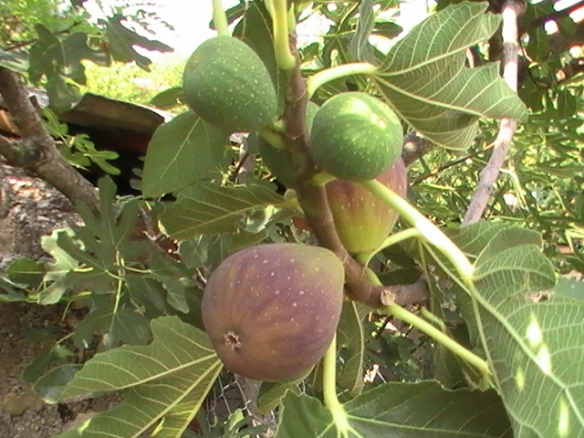
Growing an almond tree from a seed at home can be a rewarding process that will provide you with a beautiful and fruitful tree after several years. Here’s a general guide on how to do it:
Step 1: Get Almond Seeds
To get started, you need to select high-quality almond seeds that are raw, fresh, and unprocessed. You can either collect almonds from an existing tree or purchase raw and untreated almonds.
Once you have the seeds, they need to go through a process called stratification to encourage germination. Soak the almonds in water for 48 hours, then wrap them in a moist paper towel, place inside a plastic bag, and refrigerate for a few weeks. This cold treatment will prepare the seeds for planting.

Step 2: Planting the Seed
Spring is the best time to plant almond seeds. Prepare the soil by ensuring it is well-draining and has a pH level between 6-7.5. Enrich the planting area with compost for better growth.
Plant the seeds 2-3 inches deep in the soil and water them thoroughly. Choose a sunny location for your almond tree as it requires full sunlight to thrive.
Step 3: Caring for Your Almond Tree
Water the tree regularly, especially when it is young and during dry periods. Mature almond trees are drought-tolerant but will produce better with consistent watering.
In the initial years, focus on developing a strong and healthy framework for the tree. Prune the tree in subsequent years to encourage sunlight and air circulation, which can minimize the risk of diseases.
Use a balanced fertilizer to nourish the tree, especially during the growing season.

Step 4: Protecting the Tree
Keep an eye out for common pests like aphids and diseases like fungal infections. Take preventative and curative measures as needed to protect your almond tree.
Young almond trees may need protection during harsh winters. You can use mulch and protective wraps to safeguard them from chilly winds and extreme cold.
Step 5: Harvesting Almonds
Patience is key when growing almond trees. They typically begin producing nuts in the 3rd or 4th year and reach full production after 5-6 years.
Almonds are ready to harvest in late summer to early fall. Look for split hulls and visible shells as an indication of their readiness. Once harvested, allow the almonds to dry in a cool, dry place for a week before storing them.
Step 6: Enjoying the Rewards
Roast your almonds for a tasty snack or use them in your cooking. You can also admire the beautiful blossoms that almond trees provide in the spring, making them a lovely addition to your garden.

Final Thoughts
Growing an almond tree requires patience, but the delicious nuts and beautiful blossoms are well worth the wait. Make sure to tend to the tree’s needs throughout its life, and you’ll enjoy the bountiful rewards in the years to come. Remember to consider your local climate and consult with a local nursery or extension service to ensure that almonds are a suitable crop for your area.




